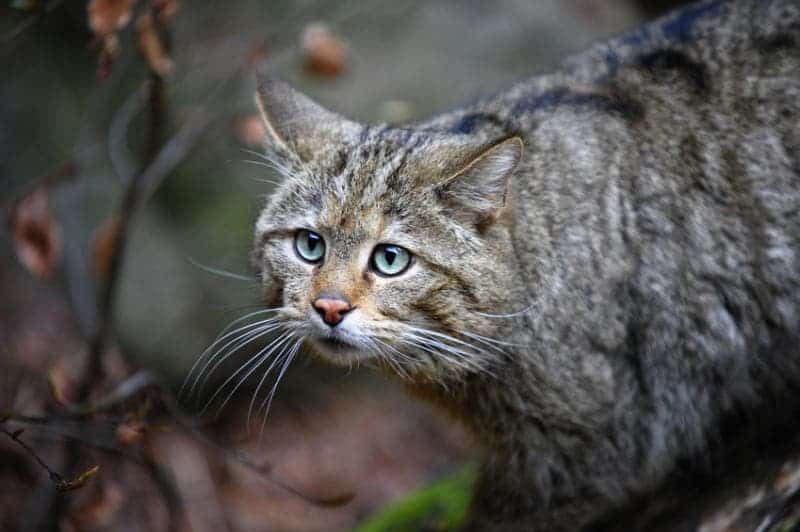This is the cat
That killed the rat
That ate the malt
They say it’s easy to train a cat only to do whatever it wants – but cats have come a long way since their wilderness days. Thousands of years before they were immortalized in this lovely English lullaby, cats were doing just fine alongside Chinese farmers, a forthcoming study in the Proceedings of the National Academy of Sciences has confirmed.
“At least three different lines of scientific inquiry allow us to tell a story about cat domestication that is reminiscent of the old ‘house that Jack built’ nursery rhyme,” said study co-author Fiona Marshall, PhD, a professor of archaeology in Arts & Sciences at Washington University in St. Louis. Our data suggest that cats were attracted to ancient farming villages by small animals, such as rodents that were living on the grain that the farmers grew, ate and stored.”
Strangely enough, this is the first study ever to provide direct evidence of cat domestication. Cat remains are rarely found in archaeological sites, and very little is known about how they became domesticated. Since they were worshiped (more or less) in ancient Egypt, it was thought that they were initially domesticated there.
“Results of this study show that the village of Quanhucun was a source of food for the cats 5,300 years ago, and the relationship between humans and cats was commensal, or advantageous for the cats,” Marshall said. “Even if these cats were not yet domesticated, our evidence confirms that they lived in close proximity to farmers, and that the relationship had mutual benefits.”
Recent studies show that the human-cat connection could go even further, as a wild cat was found buried with a human nearly 10,000 years ago in Cyprus. Since rodents were a relatively common sight in ancient human societies, it was thought that cats were attracted to them, and, indirectly, to humans. However, little evidence documents this idea.
Using radiocarbon dating and isotopic analyses of carbon and nitrogen traces in the bones of cats, dogs, deer and other wildlife unearthed near Quanhucan, researchers showed that a breed of once-wild cats carved found another niche for them in the Chinese agrarian society. The carbon isotopes showed that rodents, domestic dogs and pigs from the ancient village were eating millet, but deer were not. Also, carbon and nitrogen isotopes show that cats were feasting on animals who ate millet – probably rodents, since it seems very unlikely that cats ate dogs and pigs.
Other clues were also found: one of the cats was aged, showing that it survived well adapting to the human society. Another one ate fewer animals and more millet than expected, which seems to suggest that it was cared for, or that it scavenged human food instead of hunting.
Story Source:
The above story is based on materials provided by Washington University in St. Louis










